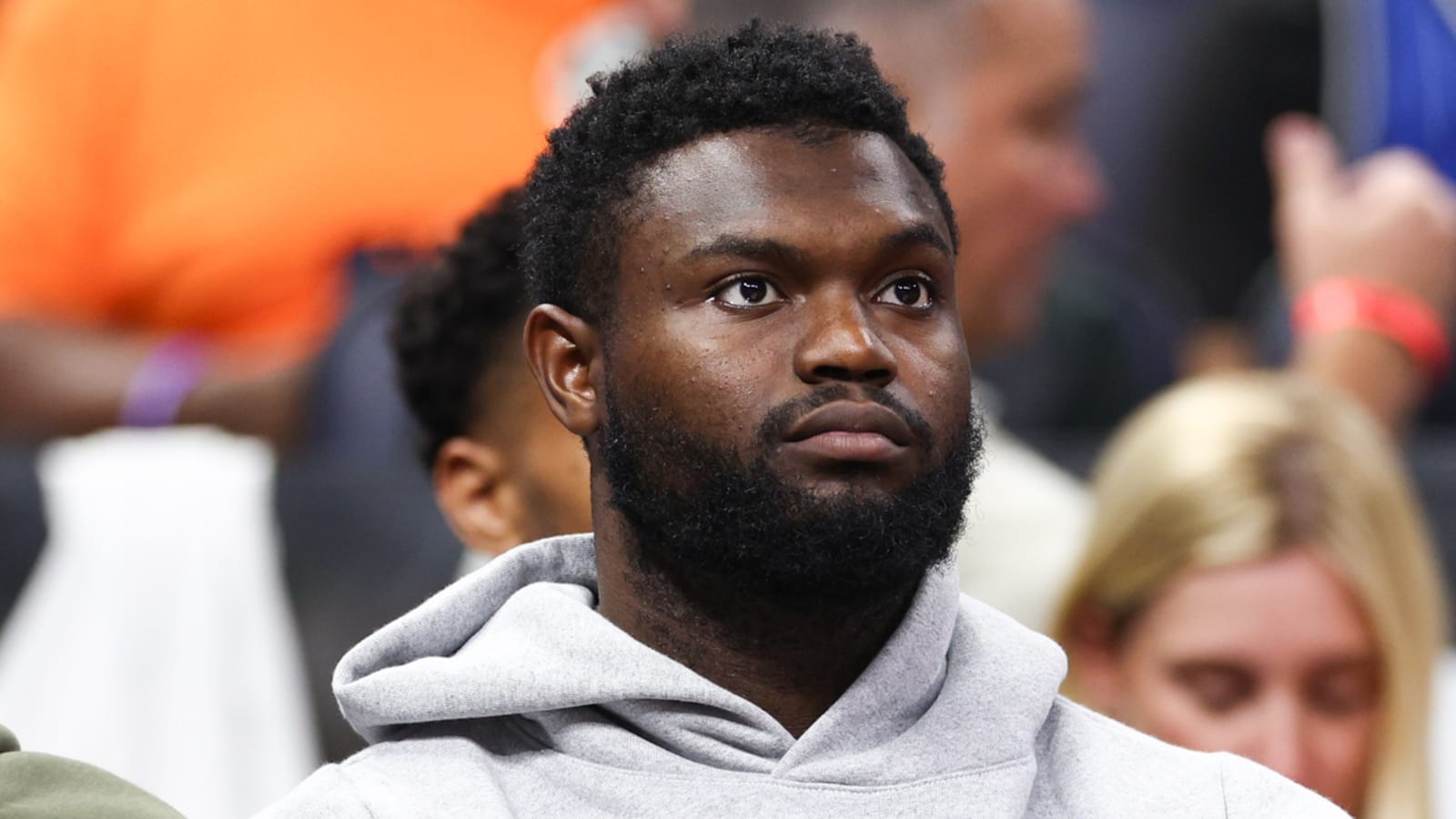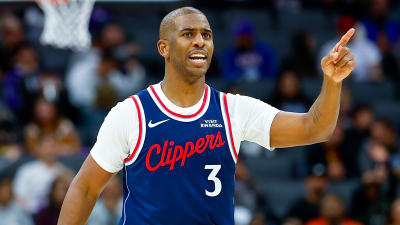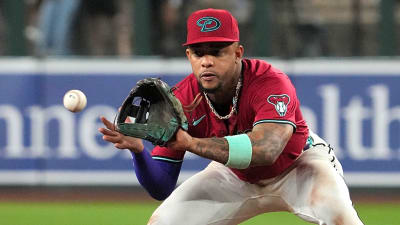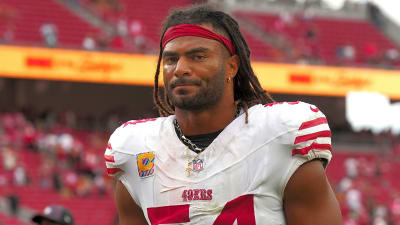
Pelicans forward Zion Williamson and his representatives at Creative Arts Agency, including agent Austin Brown, are parting ways, sources tell Joe Vardon and Sam Amick of The Athletic.
It’s unclear why the two sides are ending their relationship, according to The Athletic’s duo, but the National Basketball Players Association has confirmed that CAA is no longer listed as Williamson’s representative.
The player’s union doesn’t yet have a new agent on record for the former No. 1 overall pick, Vardon and Amick add. A player who parts with an agent must wait 15 days before hiring new representation.
Williamson is in the second season of a five-year, maximum-salary contract, so in all likelihood, he won’t be negotiating a new deal anytime soon.
However, as Mike Vorkunov of The Athletic previously reported, the 24-year-old’s contract is a unique one. Currently, the final three years of Williamson’s deal, beginning in 2025-26, are non-guaranteed. He can re-guarantee part or all of his salary for 2025-26 by meeting the following benchmarks:
- Appearing in at least 41 games this season: 40% guarantee
- Appearing in at least 51 games this season: An additional 20%
- Appearing in at least 61 games this season: An additional 20%
- Passing all six of his weigh-in checkpoints this season (his combined weight and body fat percentage must be below 295): An additional 20%
Those criteria are the same for each season. For instance, if Williamson plays in at least 61 games and passes all his weigh-in checkpoints during the 2025-26 season, he would automatically guarantee his full salary for 2026-27.
The Pelicans forward is currently sidelined with a hamstring injury and reportedly isn’t close to returning, so those games-played thresholds will become increasingly difficult to meet the longer he remains sidelined, meaning some or all of his 2025-26 salary will likely remain non-guaranteed.
Still, as Vardon and Amick write, the Pelicans won’t realize any cap savings as a result of Williamson’s non-guaranteed salaries unless they waive him, which seems highly unlikely to happen anytime in the near future. If he remains under contract through July 15, 2025, his 2025-26 salary will become fully guaranteed.
When he’s healthy and available, the former Duke standout is one of the NBA’s most dynamic players — he holds career averages of 24.6 points, 6.6 rebounds, and 4.2 assists in 31.8 minutes per game across 190 outings (all starts). The problem is that he has missed 217 regular season games and counting during his five-plus seasons in the league.
More must-reads:
- Pelicans get even more bad news on Zion Williamson
- The greatest players in Duke men's basketball history
- The 'Most points scored in 2023-24 NBA season' quiz
Breaking News
Trending News
Customize Your Newsletter
 +
+
Get the latest news and rumors, customized to your favorite sports and teams. Emailed daily. Always free!








